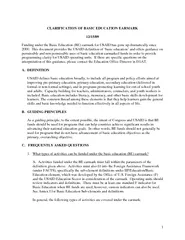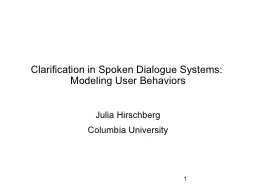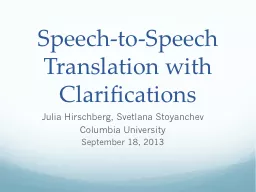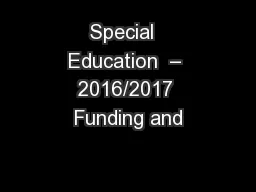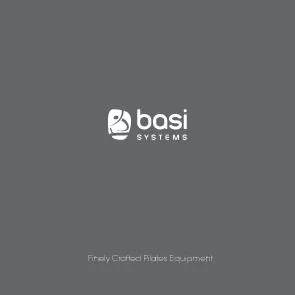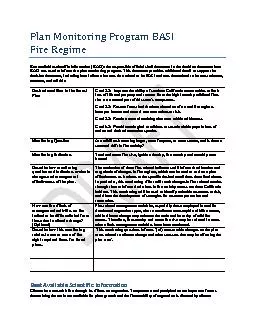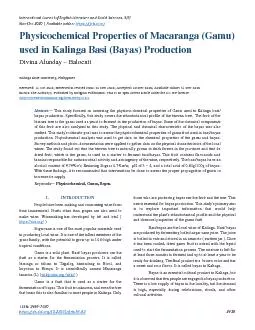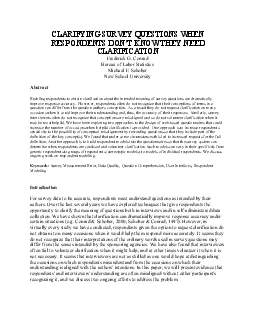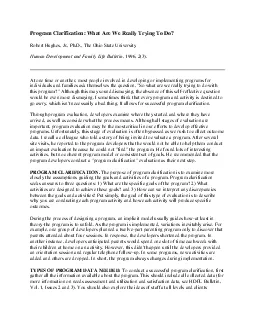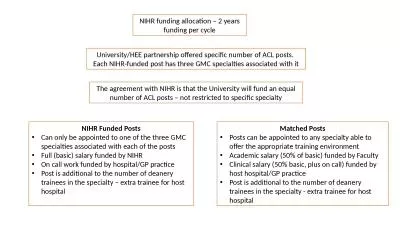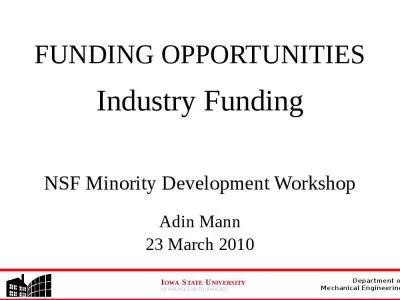PDF-CLARIFICATION OF BASI C EDUCATION EARMARK Funding und
Author : briana-ranney | Published Date : 2015-06-05
This document provides the USAID definition of basic education and offers guidance on permissible and non permissible uses of basic ed ucation earmarked funds in
Presentation Embed Code
Download Presentation
Download Presentation The PPT/PDF document "CLARIFICATION OF BASI C EDUCATION EARMAR..." is the property of its rightful owner. Permission is granted to download and print the materials on this website for personal, non-commercial use only, and to display it on your personal computer provided you do not modify the materials and that you retain all copyright notices contained in the materials. By downloading content from our website, you accept the terms of this agreement.
CLARIFICATION OF BASI C EDUCATION EARMARK Funding und: Transcript
Download Rules Of Document
"CLARIFICATION OF BASI C EDUCATION EARMARK Funding und"The content belongs to its owner. You may download and print it for personal use, without modification, and keep all copyright notices. By downloading, you agree to these terms.
Related Documents

